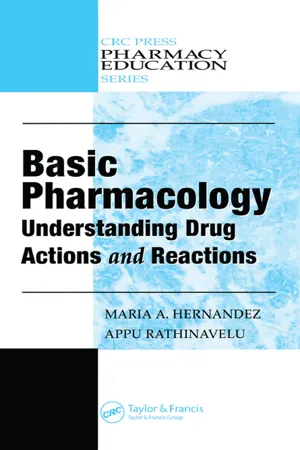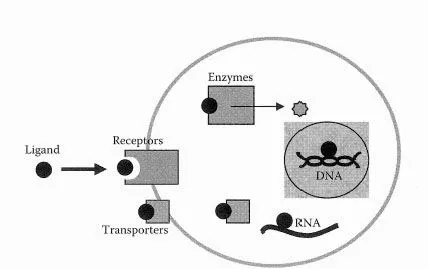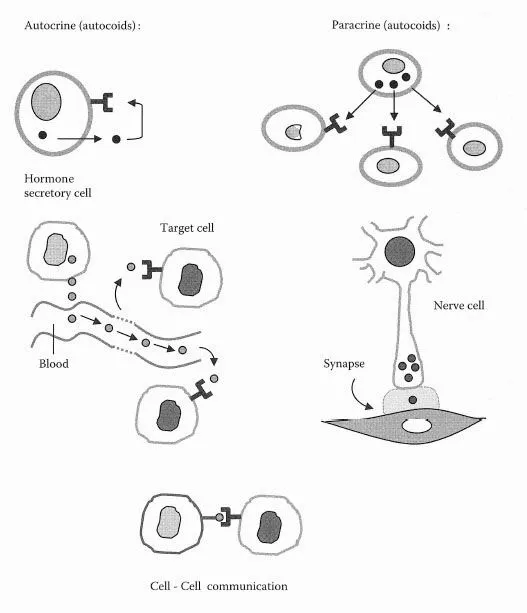
Basic Pharmacology
Understanding Drug Actions and Reactions
- 388 pages
- English
- ePUB (mobile friendly)
- Available on iOS & Android
Basic Pharmacology
Understanding Drug Actions and Reactions
About this book
Intended for use in an introductory pharmacology course, Basic Pharmacology: Understanding Drug Actions and Reactions provides an in-depth discussion of how to apply the chemical and molecular pharmacology concepts, a discussion students need for more advanced study. The textbook introduces the principles of chemistry and biology necessary to understand drug interactions at the cellular level. The authors highlight chemical and physical properties of drugs, drug absorption and distribution, drug interactions with cellular receptors, and drug metabolism and elimination.
The book begins with a review of chemical principles as they apply to drug molecules, focusing mainly on those for commonly prescribed drugs. The authors use drug structures to illustrate the chemical concepts learned in general and organic chemistry courses. They cover the dynamics of receptors in mediating the pharmacological effects of drugs. They clarify theories, drawn from the scientific literature, which explain drug-receptor interactions and the quantitative relationship between drug binding and its effects at the cellular level.
The authors' extensive use of drug structures for teaching chemical and molecular pharmacology principles, and their emphasis on the relevance of these principles in future professional life makes this book unique. It provides the framework for better understanding of advanced pharmacology and therapeutics topics. Blending medicinal chemistry and pharmacodynamics aspects, this textbook clearly elucidates the essential concepts that form the cornerstone for further work in pharmacology.
Frequently asked questions
- Essential is ideal for learners and professionals who enjoy exploring a wide range of subjects. Access the Essential Library with 800,000+ trusted titles and best-sellers across business, personal growth, and the humanities. Includes unlimited reading time and Standard Read Aloud voice.
- Complete: Perfect for advanced learners and researchers needing full, unrestricted access. Unlock 1.4M+ books across hundreds of subjects, including academic and specialized titles. The Complete Plan also includes advanced features like Premium Read Aloud and Research Assistant.
Please note we cannot support devices running on iOS 13 and Android 7 or earlier. Learn more about using the app.
Information





Table of contents
- Cover
- Half Title
- Title Page
- Copyright Page
- Dedication
- Table of Contents
- SECTION I PHYSICOCHEMICAL PROPERTIES OF DRUGS
- SECTION II PRINCIPLES OF BIOPHARMACEUTICS
- SECTION III PRINCIPLES OF DRUG-RECEPTOR AND DRUG-ENZYME INTERACTIONS
- Index